Other Parts Discussed in Thread: TAS6422-Q1
Hi, Support Team
our software team have a question:
if ADC(PCM6020-Q1) can read voltage vaule.
how to mapping digital signal related voltage value?
function block:

if any suggestion, Please advise me.
Thanks,
Best regards,
Lawrence



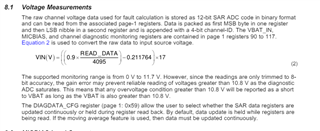
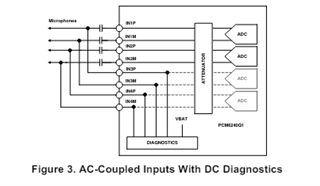 \
\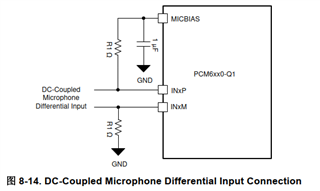
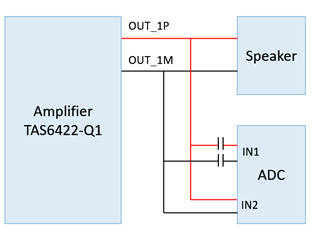
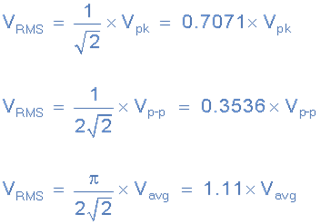 Image Source:
Image Source: 